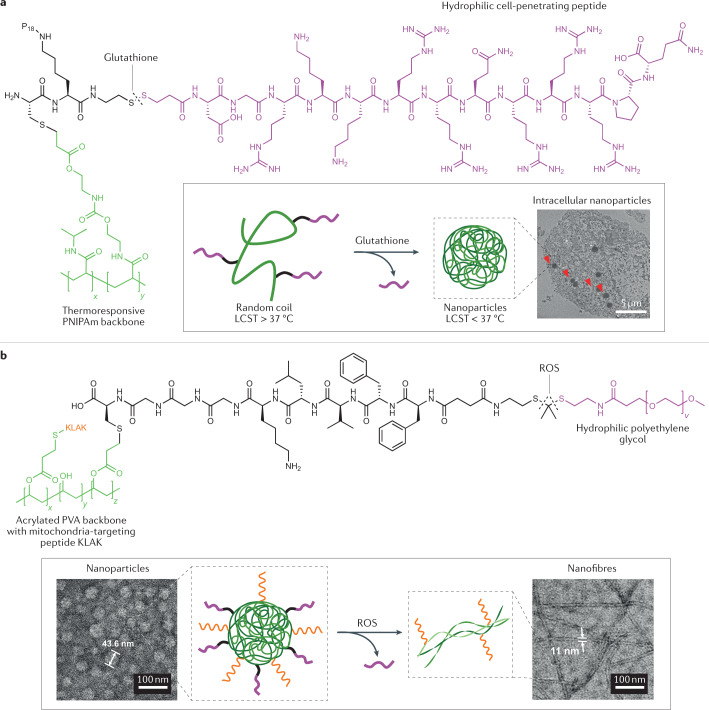Fig. 5. Redox-induced intracellular self-assembly.
a | Glutathione-induced cleavage of a disulfide bond changes the lower critical solution temperature (LCST) behaviour of a polymer conjugate, causing it to form intracellular nanoaggregates58. Bio-transmission electron microscopy of MC7 cells shows the presence of intracellular nanoparticle. b | Cleavage of a reactive oxygen species (ROS)-sensitive thioketal group induces fibre formation14. Transmission electron microscopy images show ROS-induced transformation from nanoparticles to nanofibres in hydrogen-peroxide-containing phosphate buffer. KLAK, mitochondria-targeting peptide; P18, purpurin 18; PNIPAm, poly(N-isopropylacrylamide); PVA, polyvinyl alcohol. Part a (right) is adapted with permission from ref.58, American Chemical Society. Part b (bottom left and right) is adapted with permission from ref.14, American Chemical Society.

